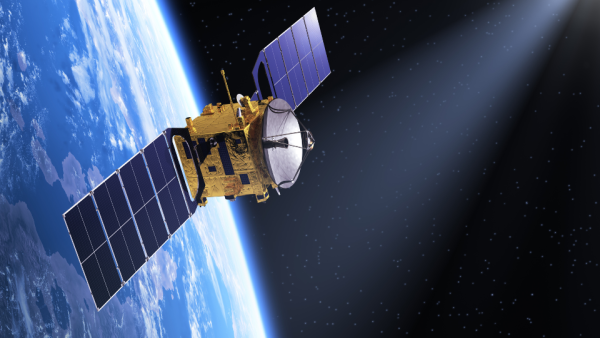
BT Group and SPL look to the stratosphere to deliver 4G and 5G coverage to hard-to-reach areas of the UK.
- BT Group and Stratospheric Platforms Ltd partner on new mobile coverage trial at BT’s Adastral Park facility
- New antenna technology aims to deliver 4G and 5G from the air
- Technology could unlock connectivity for hard to reach areas in a more affordable and sustainable way
January 2023: BT Group and Stratospheric Platforms Ltd (SPL) today announced they will test delivering mobile coverage using an innovative new antenna technology, designed to be mounted on a High-Altitude Platform Station (HAPS) aircraft. The trials, being conducted at BT’s global R&D headquarters at Adastral Park, aim to provide a solution to one of the final challenges of mobile connectivity – getting coverage to the hardest to reach areas.
The project, which has received funding from Innovate UK, could offer transformational opportunities for sectors operating in remote areas such as transport, maritime security and search and rescue and could provide faster and more seamless connectivity direct to consumers mobile devices in remote areas.
In addition to extending the reach of existing UK network infrastructure, the HAPS solution could provide a fallback for terrestrial networks in the event of a disaster, supporting humanitarian aid or disaster relief. Furthermore, it has potential applications for remote monitoring across various industrial and agricultural use cases, improving efficiency of operation.
SPL’s antenna technology can provide uninterrupted 4G and 5G connectivity direct to consumer smart phones. The phased array antenna is capable of delivering faster speeds, in some cases up to 150Mbps across areas as wide as 140km or 15,000 square km (an area equivalent to the average footprint of 450 terrestrial masts), through 500 individually steerable beams.
In addition to the high performance, wide area connectivity, the HAPS solution is expected to provide significant cost and energy savings. The phased array antenna and the flight platform powered by hydrogen, provides sustainable 4G and 5G connectivity to large areas from the skies, removing the need for extending expensive terrestrial infrastructure in remote areas.
The first step in BT and SPL’s journey to the skies, is the development of a secure 5G HAPS communications demonstration system. SPL’s phased array antenna will be placed on a high building (simulating a high-altitude platform), to test its interaction with BT’s 5G secure architecture, connecting with its Open RAN testbed. This test will include supporting multiple user groups and different potential use cases, concurrently on the same network.
Tim Whitley, Managing Director Research and Network Strategy, BT Group said: “We’re delighted to be partnering with SPL to start realising the huge potential of HAPS aircraft to further strengthen our UK 4G and 5G network technology leadership. This highly innovative and transformative project has the potential to further enhance our UK 4G and 5G footprint, which is already the largest and most reliable in the UK, to connect unserved rural areas and enable exciting new use cases for private users.
Richard Deakin, CEO, SPL commented: “The SPL team is excited to be working with BT Group to further advance its breakthrough UK-developed technology. This partnership will build further on SPL’s world-first 5G demonstration from the stratosphere achieved in 2022. With BT, we’re pleased to continue our journey supporting the UK to become a science super-power.”
Click here to read the original article.









